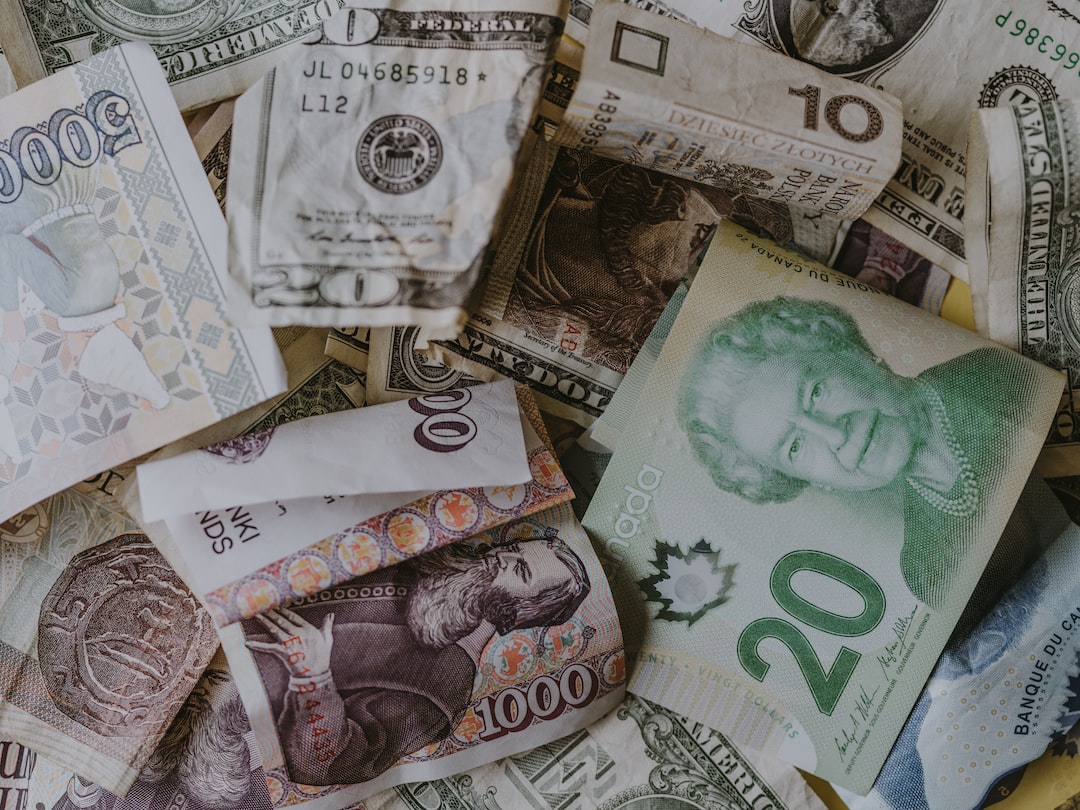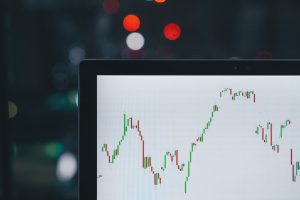Foreign exchange rates are the rates at which currencies are traded in the global market. These rates are determined by various factors, including market demand and supply, economic conditions, and political events. Banks play a crucial role in the forex market as they facilitate currency exchange transactions for individuals and businesses. When it comes to individual customers, banks use different forex rates depending on the type of transaction and the customer’s relationship with the bank.
The forex rate that banks use for individual customers depends on whether the transaction is a spot transaction or a forward transaction. A spot transaction is a currency exchange transaction that is settled on the spot, meaning that the exchange of currencies takes place immediately or within two business days. In a spot transaction, banks use the spot exchange rate, which is the current market rate at the time of the transaction. The spot exchange rate is determined by the market forces of demand and supply and is constantly changing.
On the other hand, a forward transaction is a currency exchange transaction that is settled on a future date, usually between one and six months from the transaction date. In a forward transaction, the bank uses the forward exchange rate, which is the current spot rate adjusted for the interest rate differential between the two currencies. The interest rate differential is the difference between the interest rates of the two currencies involved in the transaction. The forward exchange rate is determined by the market forces of demand and supply and the interest rate differential.
In addition to the type of transaction, the forex rate that banks use for individual customers also depends on the customer’s relationship with the bank. Banks offer different forex rates to their customers based on their relationship with the bank, their transaction history, and their trading volume. Customers who have a good relationship with the bank, such as high net worth individuals, corporate clients, or frequent traders, may receive better forex rates than customers who do not have a significant relationship with the bank.
Furthermore, banks may offer different forex rates for different types of customers based on their risk profile. Customers who are considered low risk, such as those with a stable income and good credit history, may receive better forex rates than customers who are considered high risk, such as those with a poor credit history or a history of defaulting on loans.
To get the best forex rate from a bank, individual customers should shop around and compare rates from different banks. Customers can also negotiate with their bank to get a better rate based on their relationship with the bank and their transaction history. Additionally, customers should be aware of any fees or commissions that the bank may charge for currency exchange transactions, as these can affect the final cost of the transaction.
In conclusion, the forex rate that banks use for individual customers depends on the type of transaction and the customer’s relationship with the bank. Banks use the spot exchange rate for spot transactions and the forward exchange rate for forward transactions. Customers who have a good relationship with the bank, a stable income, and good credit history may receive better forex rates than customers who do not have a significant relationship with the bank or have a high-risk profile. To get the best forex rate, individual customers should shop around, compare rates from different banks, and negotiate with their bank based on their relationship and transaction history.





